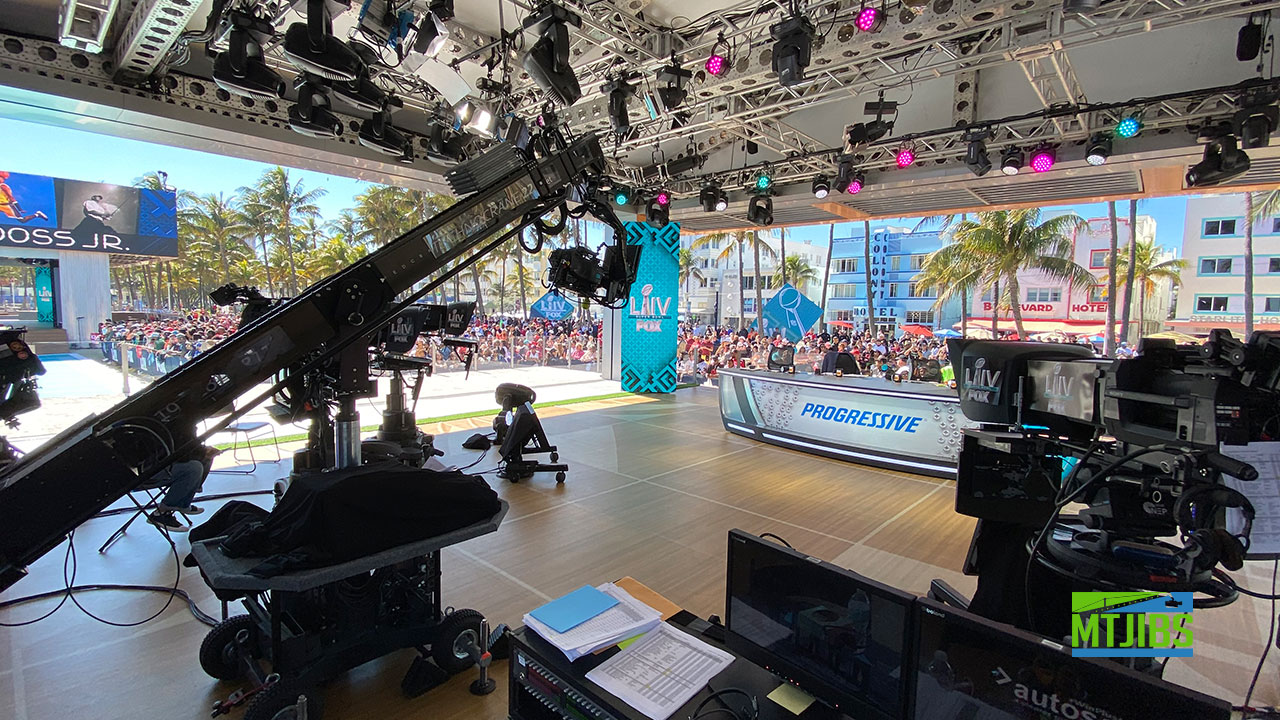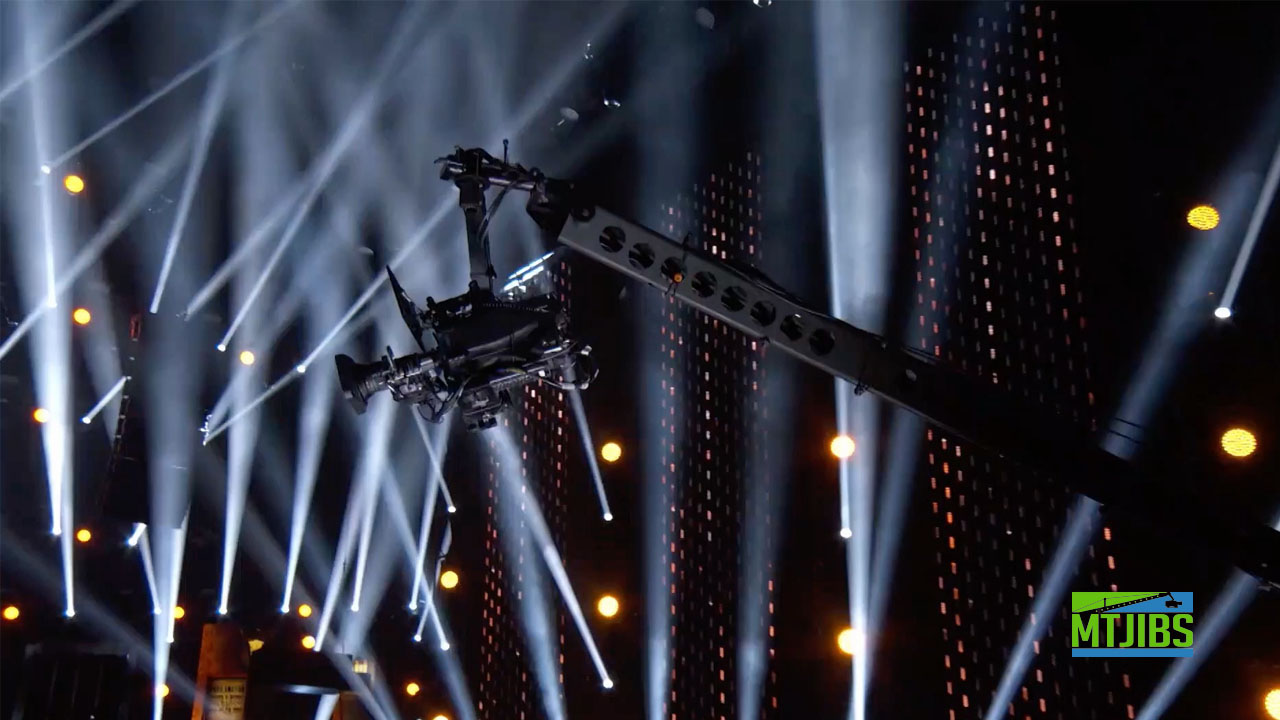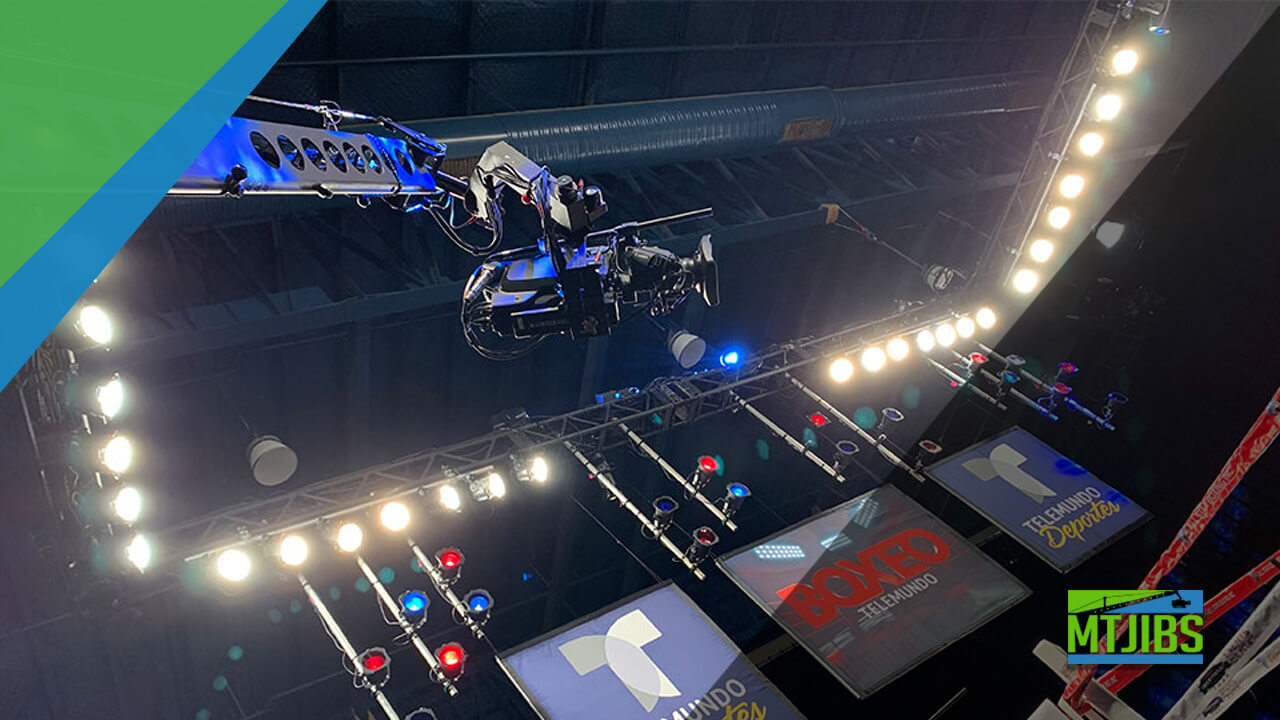
How to Choose Between a Camera Crane, Jib, or Gimbal for Your Production
Camera Crane vs Jib, or Gimbal? Your Shot Depends on It
When it comes to crafting unforgettable shots, camera movement is everything. Whether you’re capturing a live concert, shooting a dramatic film scene, or filming a fast-paced commercial, the right movement tool can be the difference between “pretty good” and “absolutely jaw-dropping.”
If you’re stuck trying to decide between renting a camera crane vs jib or a camera jib vs gimbal, you’re not alone. In this post, we’ll dive into a detailed film equipment comparison to help you pick the best camera movement tools for your production. There’s a lot to consider when deciding what will work best for your production — and no, they’re not all interchangeable.
Key Takeaways
Camera movement is essential to cinematic storytelling, but not all gear serves the same purpose. Camera cranes, jibs, and gimbals each offer unique advantages—whether you’re capturing sweeping overhead shots, fluid vertical moves, or silky-smooth handheld motion. MTJIBS offers all three, along with expert operators and top-tier equipment to match your production’s needs.
Table of Contents
Understanding Your Tools: Camera Crane, Jib, and Gimbal 101
Before you start booking gear or crews, it’s important to understand the unique magic each piece of equipment brings to the table.
What’s a Camera Crane?
Think BIG. A camera crane like the Technocrane 22 is a motorized, telescoping arm capable of creating sweeping, soaring, dynamic shots that would be impossible with handheld gear. Cranes allow your camera to travel vertically, horizontally, and even dynamically between multiple axes.
Best for:
- Concerts
- Major film productions
- Live award shows
- Elaborate tracking shots
Key features:
- Long reach (up to 22 feet with the Technocrane 22)
- Smooth telescoping motion
- Requires experienced operators and plenty of setup space
What’s a Camera Jib?
If a crane is the big rig, a camera jib is the nimble cousin. Models like the Stanton Jimmy Jib Lite and Jimmy Jib Triangle can give you those beautiful, floating vertical and sweeping horizontal moves without needing a truckload of crew and gear.
Best for:
- Studio shoots
- Commercials
- Music videos
- Smaller outdoor locations
Key features:
- Modular design (adjust length to fit your space)
- Lightweight compared to cranes
- Operable with smaller teams
What’s a Gimbal?
Gimbals, like the DJI Ronin 2 or Shotover G1 Gimbal, are three-axis stabilizers that keep your camera smooth even while moving through tough terrain. Whether you’re running, mounting to a car, or flying on a drone, a gimbal keeps the footage rock-solid.
Best for:
- Action sequences
- Mobile filmmaking
- Vehicle rigs and chase scenes
- Tight spaces where cranes/jibs can’t fit
Key features:
- Lightweight and portable
- Solo operation possible
- Extreme stability even under chaotic conditions
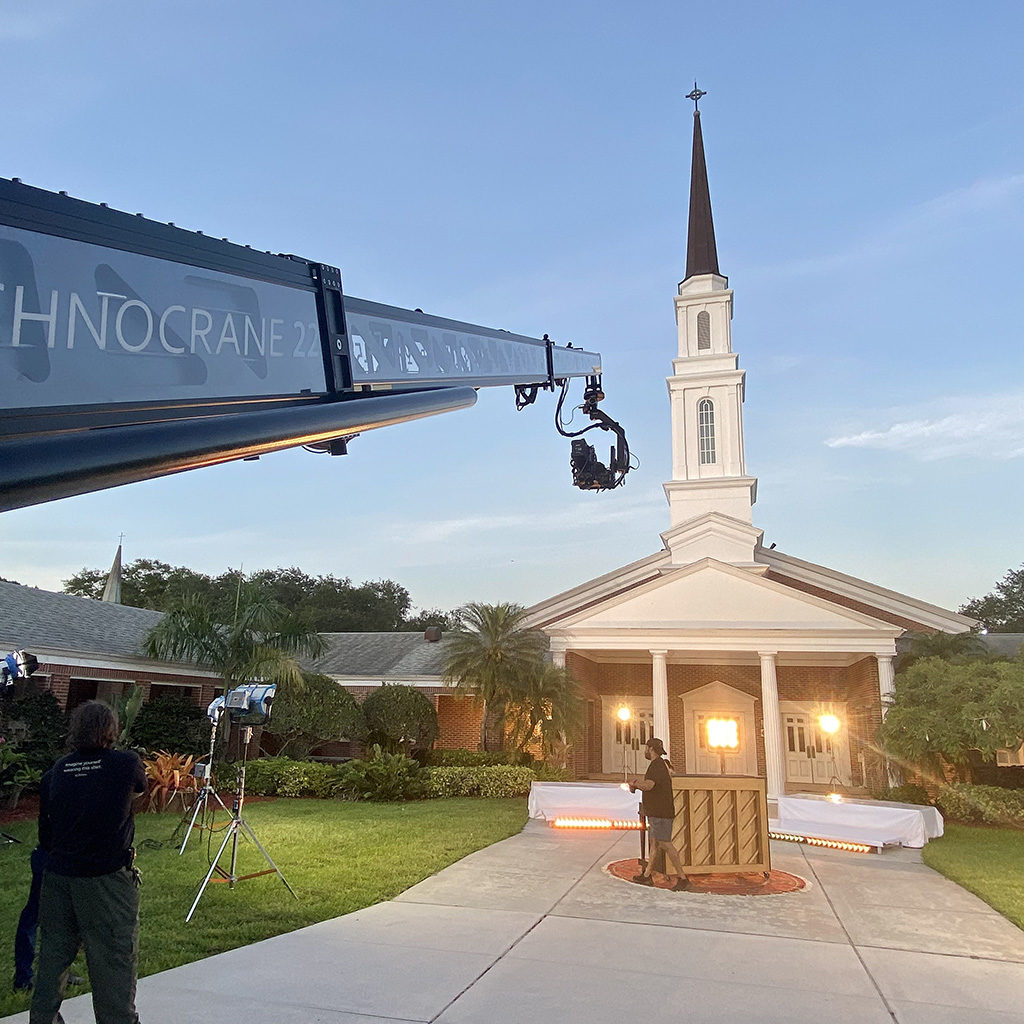
Camera Crane vs Jib: Choosing Camera Movement Tools
When deciding between a camera crane vs jib, it all comes down to space, shot complexity, and budget.
1. Space and Setup
If you’re filming inside a tight studio or a small venue, dragging in a Technocrane 22 might not be the best idea. Cranes need room to extend and move safely. They also require significant rigging and counterbalancing, and often a dedicated crew for setup.
A Jimmy Jib Lite, on the other hand, is far more compact and modular. You can assemble it in tighter spaces, adjust its length, and get gorgeous movement without bulldozing through your location.
2. Shot Style and Movement
- Crane shots scream Hollywood epic. They’re designed for breathtaking establishing shots, sweeping overheads, and dramatic “push-ins.”
- Jib shots offer fluid motion but on a smaller scale, perfect for intimate reveals, smooth arcs around subjects, and lower-altitude flyovers.
If your shot needs to travel a massive distance or involve complicated vertical motion (think “starting on the ground and ending 20 feet in the air”), go for the crane.
3. Budget
Simply put, cranes cost more — both in equipment rental and manpower. A crane setup includes at least a tech operator, camera operator, and sometimes even an assistant.
Meanwhile, a Jimmy Jib setup is much more cost-effective. It can often be run by just one experienced operator, which keeps crew and rental costs down.
For tight budgets that still need production polish, the camera jib is a game changer.
Camera Jib vs Gimbal: Stability vs Agility
Now let’s talk about one of the most common debates in modern production: Camera Jib vs Gimbal.
Both tools offer smooth movement, but they serve completely different shooting needs.
1. Type of Movement
- Jibs give you graceful vertical lifts, controlled swings, and elegant tracking shots—all mounted on a base.
- Gimbals let you move the camera anywhere—upstairs, across rough ground, through tight corridors—while maintaining stability.
If your shot stays mostly in one spot (even if it moves up and down), a jib is perfect. If you need the camera to walk, run, or fly, go gimbal.
2. Crew Requirements
Operating a jib usually requires a trained hand (and often a remote head operator for more complex moves). It’s a dance between the camera’s pan/tilt and the movement of the jib itself.
Gimbals can often be handled by one person, although bigger setups like the Shotover G1 often work better with an assistant or mounted on a dolly like an Agito.
3. Location Logistics
- Tight indoor shoot? A gimbal wins every time.
- Outdoor stage event? A jib gives you height and smooth sweeps that a handheld gimbal could never replicate.
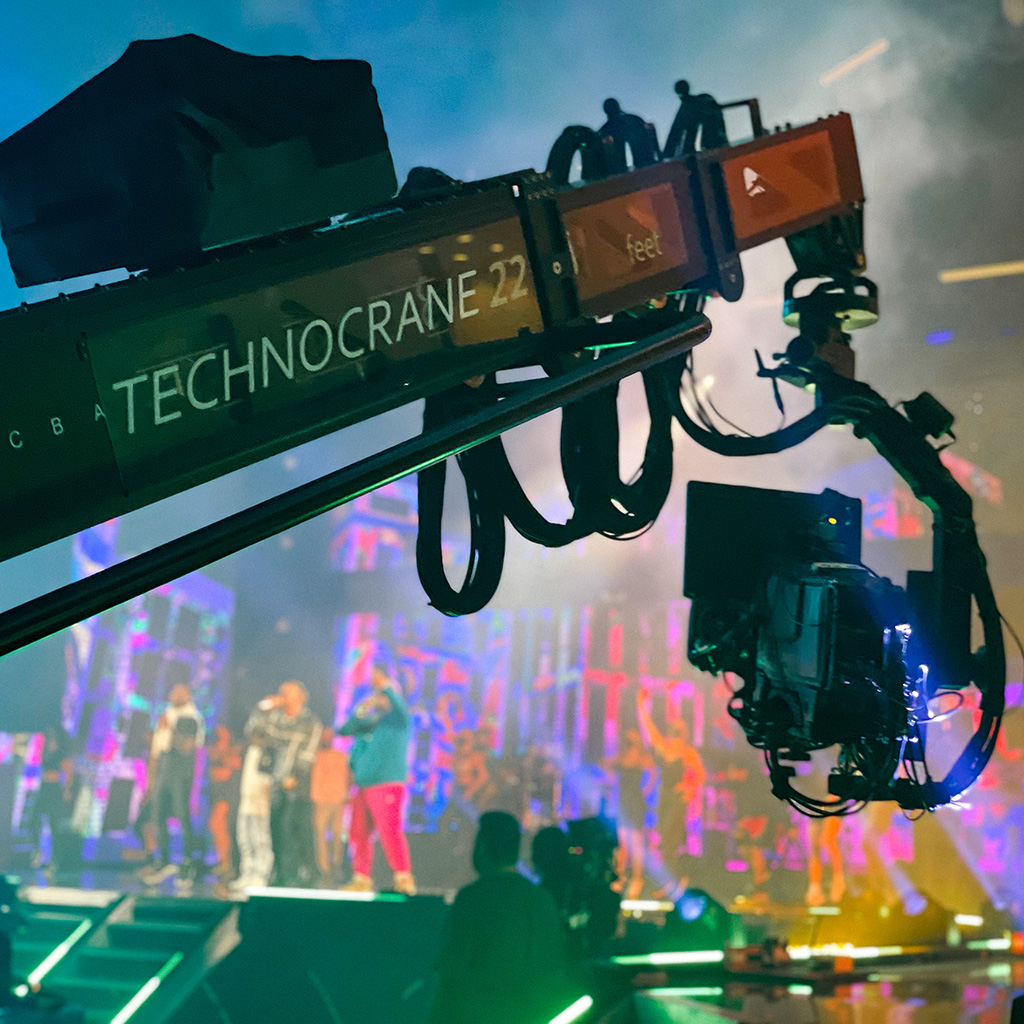
Film Equipment Comparison: The Best Camera Movement Tools
Here’s a quick cheat sheet when it comes to making a decision:
| Feature | Technocrane 22 (Crane) | Jimmy Jib Lite / Triangle (Jib) | DJI Ronin 2 / Shotover G1 (Gimbal) |
|---|---|---|---|
| Setup Time | High | Medium | Low |
| Best Use | Sweeping cinematic shots | Music videos, commercials | Mobile action, sports, events |
| Crew Size | Large | Medium | Small or solo |
| Rental Cost | $$$$ | $$ | $–$$ |
| Portability | Low | Medium | High |
| Reach | Very High | High | Low (but can cover ground fast) |
| Complexity | High | Medium | Medium-High |
Picking the Best Camera Movement Tools for Your Shoot
Whether you’re facing the classic camera crane vs jib debate or weighing a camera jib vs gimbal choice, understanding the differences ensures your project gets the movement it deserves.
- Dream Big, Plan Smart: If you’re shooting an epic, massive production—go crane. If you want flexibility without going broke—go jib. If you want to move freely and feel like you’re flying—go gimbal.
- Budget and Crew: Cranes need a big team. Jibs need a smart one. Gimbals need creativity and agility.
- Match Your Vision: Every shot tells a story. Pick the tool that tells yours best.
Why MTJIBS Is Your Secret Weapon for Camera Movement
At MTJIBS, we don’t just rent out equipment—we live and breathe camera movement. Our inventory includes Technocrane 22, Jimmy Jib Lite, Jimmy Jib Triangle, Shotover G1 Gimbal, DJI Ronin 2, and more. Plus, we offer full crew support so you’re not just renting gear—you’re hiring expertise.
No matter if you’re shooting a live sporting event or a music video, we can hook you up with the best camera movement tools for your vision, your location, and your budget.
Choosing between a Camera Crane vs Jib or deciding the winner in Camera Jib vs Gimbal isn’t just about what’s trendy—it’s about what serves your story best. Hopefully, our film equipment comparison helps you feel ready to make the right call.
When in doubt, trust your vision—and get the right team (and tools) behind you. Need advice? A quote? Reach out to us today!
FAQ: Choosing the Best Camera Movement Tools
When it comes to live concerts, it often depends on the size of the venue. A camera crane vs jib decision usually leans toward cranes for massive, sweeping audience shots, while a jib like the Jimmy Jib Lite is perfect for tighter venues needing mobility and speed.
If you need to move freely through crowds, rough terrain, or dynamic spaces, a gimbal like the DJI Ronin 2 wins the camera jib vs gimbal debate. Jibs are better for stationary setups with controlled vertical and horizontal motion.
In tight spaces, the best camera movement tools are almost always gimbals. They’re lightweight, portable, and can maneuver through cramped environments where cranes and jibs simply can’t operate.
If your production demands large, dramatic movements (such as sweeping landscapes or high vertical shots), a crane like the Technocrane 22 is ideal. For more intimate, controlled shots where portability matters, a Jimmy Jib offers professional quality without the massive footprint. Always balance creative needs, space, and crew resources when choosing between a camera crane vs jib.
Gimbals are generally more budget-friendly upfront, especially for solo operators. However, for productions needing precise, repeatable camera movement with higher production value, a camera jib vs gimbal choice might favor a jib despite slightly higher rental costs, because of its professional impact on overall shot quality.
MTJIBS
Contact us today for a quote on the best professional camera movement & crew rental for your next video production project.



![[Top #1] Film Equipment Rental | Get a Quote Today | MTJIBS | Technocrane 22 Telescoping Camera Crane | Camera Movement Equipment Rentals | Corporate AV Productions](https://mtjibs.com/wp-content/uploads/2022/09/MTJIBS-Featured-Image-1280x720-equpment-page-112x67.jpg)

